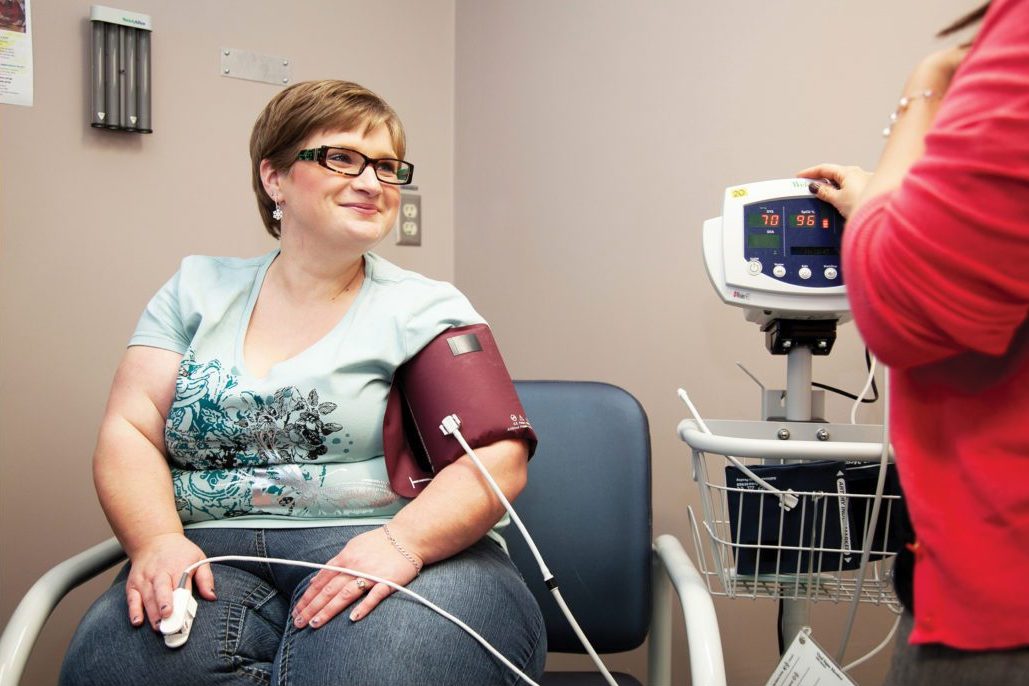For the first time, Canadian Clinical Practical Guidelines for adult obesity management will include a chapter on weight bias and stigma.

Dr. Sara Kirk, a professor of Health Promotion at Dalhousie University, is part of a team of health experts that spent the last two years revising these guidelines.
Kirk says there is evidence that health-care providers with biased attitudes towards weight provide lesser quality health care to patients of higher weight.
“We have to move away from this idea that everybody who’s at a high body weight needs to necessarily lose weight,” Kirk says.
The guidelines that inform standard practices for health-care providers across the country haven’t been updated since 2006.
Kirk says the change is “long overdue.”
“We have to sort of stop judging people on their weight status or their body shape or size and really start to think about the metabolic consequences of excess adiposity.”
Weight stigma and negative experiences can encourage patients to avoid seeking care in the future, which can have long-term consequences on their health, says Kirk.

Get weekly health news
Kirk says this will be the first time a national clinical guideline includes a chapter on weight stigma — globally.

According to a news release, the new clinical guideline’s key recommendations are:
- Ask permission to discuss weight: Health-care practitioners must recognize obesity as a chronic disease with stigma and should not assume all patients with obesity are prepared to address it.
- Assess their story: Discuss the patient’s history to understand the root causes of obesity, combined with physical examination, calculation of body mass index (BMI) and other investigations.
- Advise on management: Discuss treatment options, such as nutrition and exercise, psychological interventions, medications to achieve and maintain weight loss, and bariatric surgery.
- Agree on goals: Collaborate on a personalized, sustainable long-term action plan with realistic expectations.
- Assist with barriers and drivers of weight gain: Barriers include lack of access to health-care providers with expertise in obesity, lack of coverage of obesity medications by drug plans in Canada and long wait times for bariatric surgery.
Kirk says another recommendation made in the new guidelines is for health-care workers to assess their own attitudes and beliefs about weight.
“Weight bias is not a good thing; it doesn’t motivate people to change their behaviour,” she says.
Kirk also says healthy weight is not an issue of “eating less and moving more,” but a combination of genetics, metabolism and other non-behavioural factors.
“It’s that kind of belief we have that weight equals unhealthy,” she says. “We’re trying to break that that stereotype and actually sort of get people to recognize you can come in all shapes and sizes and be healthy.”
Kirk says the new clinical guidelines are not only intended for family doctors, but anybody who works within the health system, including doctors, nurses, dietitians and occupational therapists.
“We’ve also got recommendations and messaging for policy makers, so people who are setting policies about how we spent our healthcare dollars for example,” Kirk says.
Funding equipment and changes to health care structures to accommodate people of all sizes would improve the general quality of health care received for people of heavier weights, she says.
The new guidelines go into effect this week, but Kirk says it might be a while until changes are noticed country-wide.






Comments